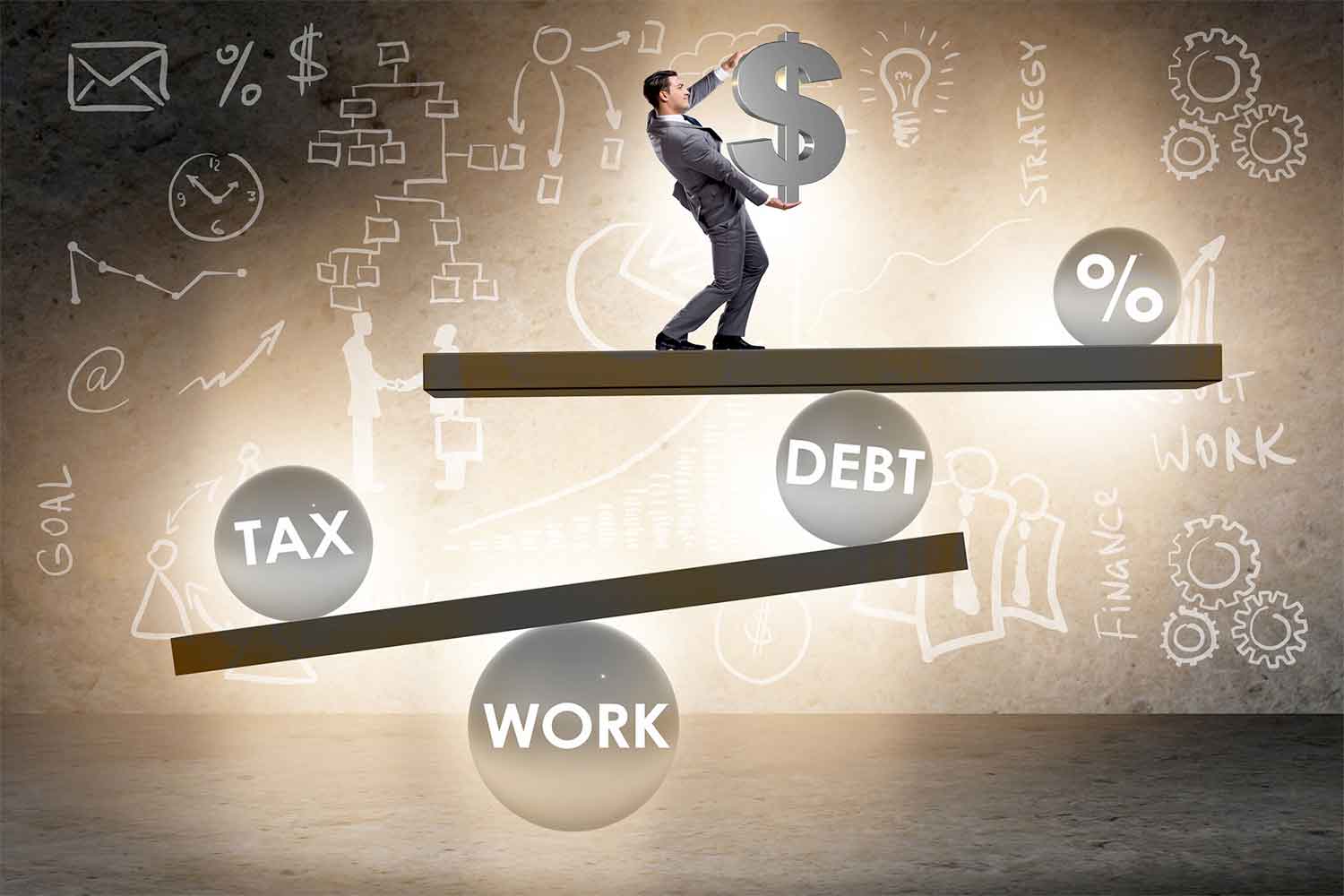Ask Andi: I don’t understand our balance sheet. What does it show about our company? What doesn’t show? How do we analyze it?
Thoughts of the Day: The balance sheet explains how the company uses cash now and in the past. It takes a snapshot of the health of the company at a specific point in time. Most business owners concentrate on learning how to use the Profit and Loss Statement but overlook how the Balance Sheet can help them. The balance sheet helps to set goals for how you, as a business owner, want things to change over time.
The balance sheet is your company’s barometer
There are three parts to the balance sheet: assets, liabilities, and equity. Assets are broken into two or three major categories. Current assets are items that are already in cash, such as a checking account. And items that can be converted to cash within 12 months, such as accounts receivable.
Liabilities represent the debts of the company. Like assets, short-term liabilities are liabilities you expect to pay off within 12 months. This includes credit lines and the current year’s portion of any term loans. Long-term liabilities are debts that are expected to take more than a year to pay off.
Multi-year term loans and multi-year equipment loans are 2 examples of long-term loans. With long-term loans, the principal to be paid off is moved from long-term liabilities to current liabilities. As you make monthly loan payments, part of that payment goes to reduce principal. This shows up on the balance sheet as a reduction in the current portion of the long-term loan. This gives a more accurate picture of liabilities throughout the year.
What to watch out for
Deduct liabilities from assets to see leftover equity. The equity section of the Balance Sheet is the sum of several items, including shares issued in exchange for investments made in the business, goodwill, and retained earnings among others.
Goodwill represents intangible values. For example, the value of proprietary systems and brand equity. Setting its value is tricky and can require outside expertise.
Retained earnings represent the sum of all the net income that has been re-invested all the years. It doesn’t have to be cash. It can show up as cash, inventory, fixed assets, property, etc. Business owners have a choice to make at the end of each year. They can remove net income from the business and take it home, or they can leave net income in the business and use it to boost retained earnings and equity.
One of the ways to measure progress in a business is to monitor ratios. And the balance sheet. Debt to Equity and Current Assets to Current Liabilities are 2 keys ratios to keep on top of. A good rule of thumb is to keep the Debt to Equity ratio below 250%, meaning that for every dollar of equity, the company has no more than $2.50 of loans and other debts.
Analyze profitability
A good rule of thumb for the Current Assets to Current Liabilities ratio is to keep it above 200%. If you pay off dollars owed in the next 12 months, the company has $2 or more dollars in current assets. Companies with high inventory have concerns about how quickly they can sell it off. They may want to deduct inventory from current assets. Calculate the Current Assets to Current Liabilities ratio. This is the Quick Ratio.
Planning to sell the business one day? Accurately attend to the balance sheet. Over time, focus on building assets and reducing liabilities. It leads to more options. The ability to leverage the company. Always have enough cash. Building a healthy company helps you build long-term exit value. Retain earnings in the company rather than taking everything home each year. This puts you in control of how the company grows and helps build sales value according to a plan.
Looking for a good book? How to Read a Balance Sheet: The Bottom Line on What You Need to Know about Cash Flow, Assets, Debt, Equity, Profit…and How It all Comes Together, by Rick Makoujy.

